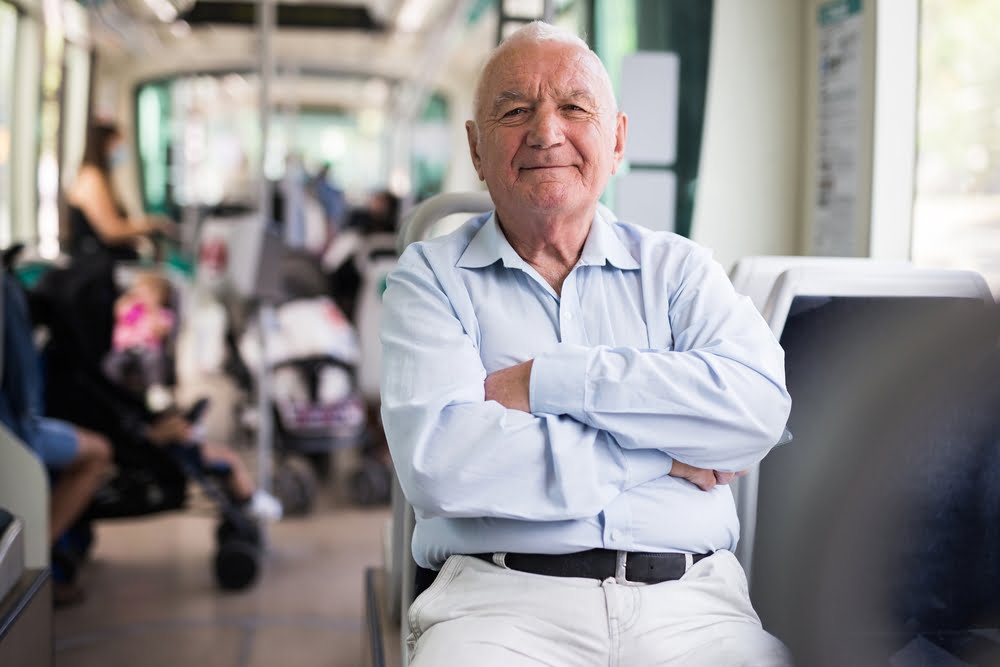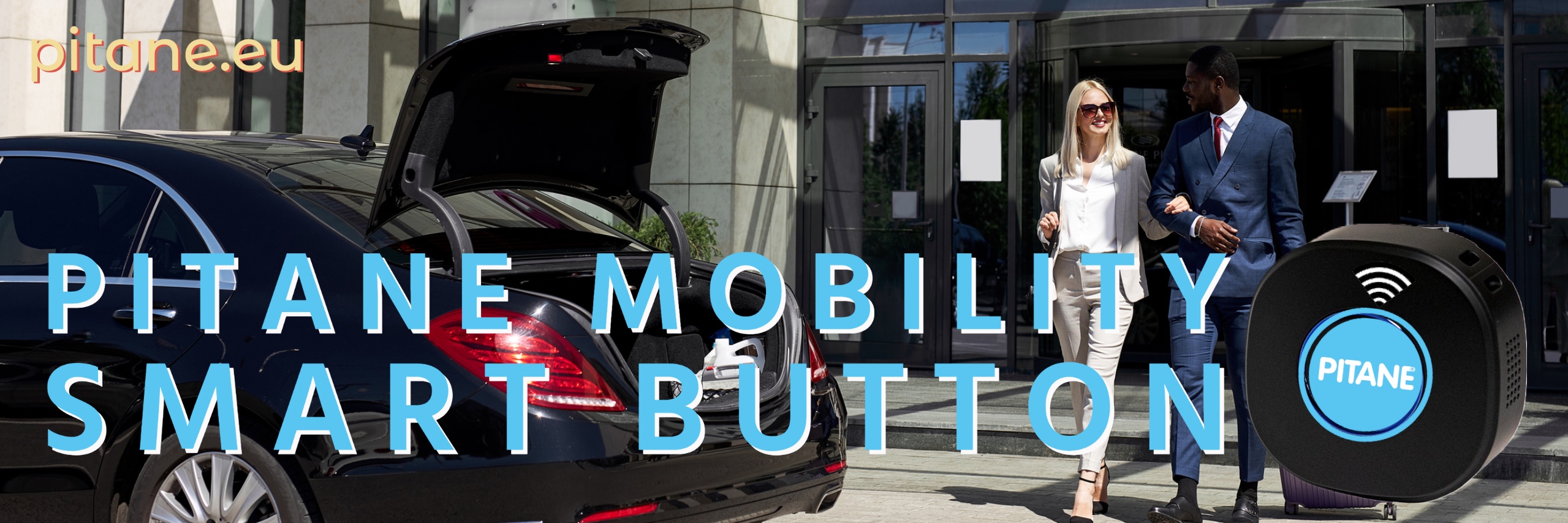The boundary between acceptable accessibility problems and undesirable accessibility poverty is unclear due to the lack of concrete accessibility objectives.
People experience various difficulties in getting to work and amenities or visiting family and friends. Not only travel time and travel costs can form a barrier, but also, for example, fear of traffic or not being able to cycle. People with accessibility problems often find ways to get to their destination, albeit sometimes with great difficulty. Due to the limited travel options, they have less choice in activities and destinations and they are vulnerable to changes.
This is evident from the KiM study 'Limited accessibility: a qualitative study into accessibility poverty'. Personal stories from city dwellers and people from the region illustrate the experiences with accessibility problems and their consequences for participation in society.
Many forms of accessibility problems
“If my children have put money on my chip card, it will work. Otherwise I will stay at home”. “That's the sardine bus. It very often wants that bus to be completely full, so that it just drives away at some point. Then there is a whole group of people and then the doors close”. “I also want to leave the house sometimes, and visit friends who live a little further away (..) that is really not possible by bike”.
These are some examples of barriers mentioned in interviews with people who report experiencing accessibility problems. These can be barriers in the transport itself, such as few or poorly accessible bus or tram stops, a low frequency of public transport, overcrowded buses during rush hours or an unsafe infrastructure. Limited facilities in the neighborhood or no affordable home near the desired residential location can also play a role. The presence of, for example, a bus, tram or bicycle is not sufficient for a person to reach an activity. He or she must also be able to use these means of transport. Whether that is possible depends, among other things, on income, skills such as cycling, health and, for example, fear of traffic.

Effects
The extent to which these problems lead to reduced participation in society also depends on how people deal with their accessibility problems. They often find ways to participate in activities. That sometimes takes a lot of time, money and effort. Especially with the help of others they know how to reach their destination. The direct consequences for their perceived participation in society therefore seem limited, but they still experience fewer social contacts and limitations in work, school and study or in care. Due to the few travel options, they have fewer choices in those activities and they are vulnerable to changes.
Accessibility for everyone?
The boundary between acceptable accessibility problems and undesirable accessibility poverty is unclear due to the lack of concrete accessibility objectives. That is why it is also difficult to designate effective measures. Accessibility indicators based, for example, on travel time to destinations provide a good basis, but cannot map all forms of accessibility poverty.
Mobility policy alone does not create accessibility for everyone. Both the causes and the consequences of accessibility problems have connections with other policy areas such as care, education and housing. Cooperation with other ministries and governments is therefore also important in tackling accessibility problems, it says KiM.



